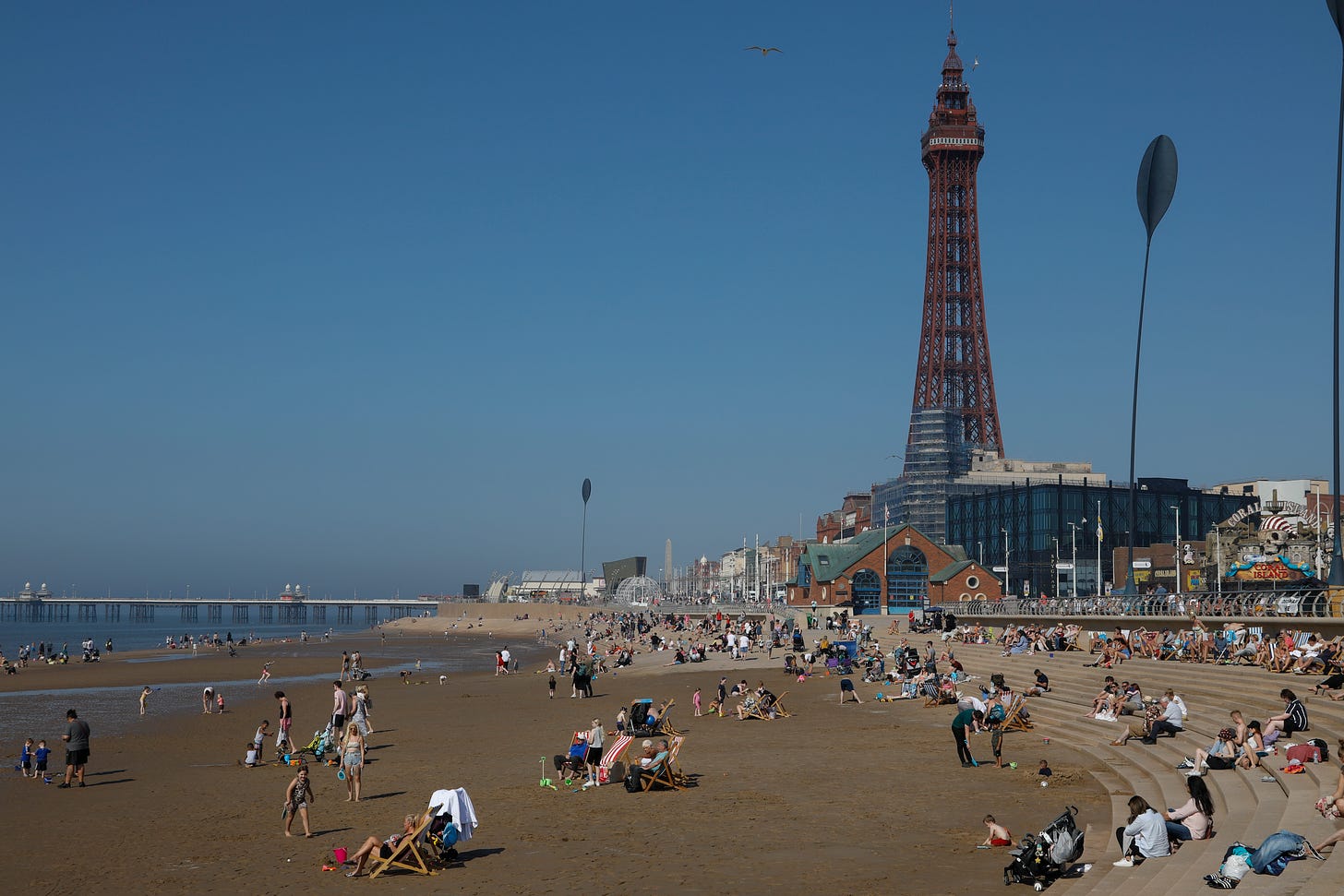Why do so many girls in Blackpool want to become boys?
In this run-down, working class seaside resort, rife with child abuse and poverty, referrals to gender clinics are almost four times higher than the national average. Why?
When Janice*, a schoolteacher in Blackpool, first encountered transgender ideology it was from a group of 11-year-old girls.
‘My class was lovely,’ she says. ‘The girls were straight from primary school, and not bothered as yet about their appearances or interested in boys. But even before they reached puberty, some of them started going on about how they weren’t girls and that they wanted to be called ‘Ben’ or Luke’ or whatever.’
Janice was told that one of the girls claiming to be trans had looked online and found one of the several charities in Blackpool that claim to support ‘trans-children’ as young as ten. The charities are local to Lancashire, and rely on funding from the Lottery Fund, and local and national government. Some will have contact with schools, and will provide advice to teachers regarding ‘trans students’.
There are many wonderful things about Blackpool, such as the party atmosphere, its mile long golden beach, and the iconic Ballroom, celebrated every year in a dedicated episode of Strictly Come Dancing.
But it is also a town mired in deep problems. It is one of the poorest in England. It has three times the national average of children-in-care. And, in a way that I believe is linked, it is home to well over 800 high-risk convicted sex offenders. It was from Blackpool, too, that the highest number of sexual offences were referred to the Crown Prosecution Service in England and Wales last year.
There is another statistic – again not unrelated to some of the above, I believe – that makes Blackpool stand out from similar sized towns elsewhere in the UK. The number of referrals - from Blackpool GPs and local Child and Adolescent Mental Health Services - to the Gender Identity Clinic based at the Tavistock and Portman NHS Trust in London, and with a satellite branch in Leeds, is almost four times higher than the national average.




